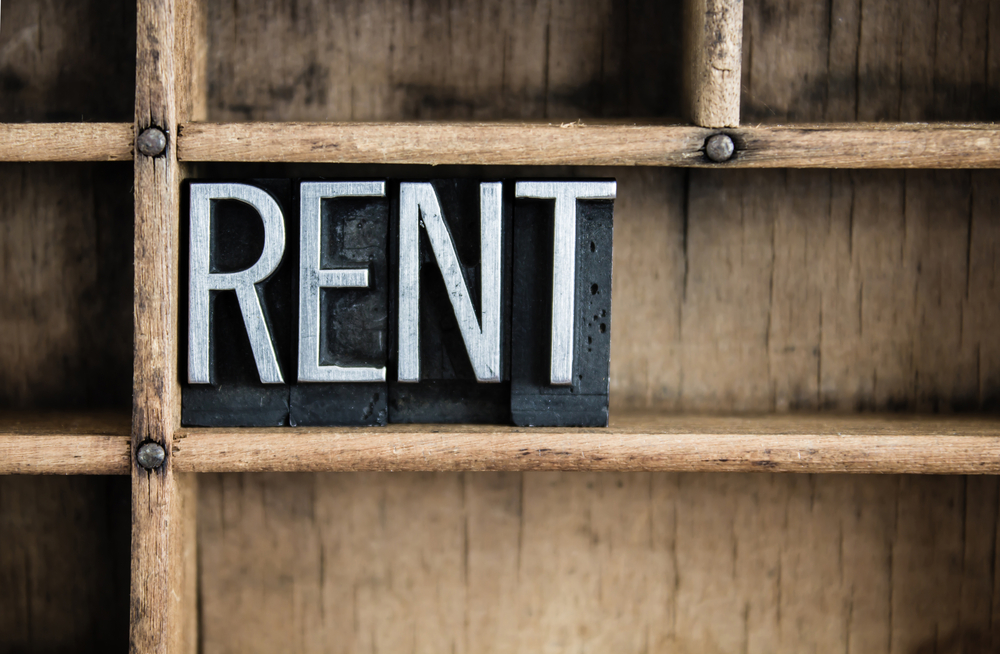Fewer tenants saw an increase in their rent in October, according to new data from the Association of Residential Letting Agents. ARLA said that the number of letting agents reporting rent increases fell from 32% in September to 25% this month, the lowest figure reported this year. Supply of rental properties dipped alongside demand in […]
 Fewer tenants saw an increase in their rent in October, according to new data from the Association of Residential Letting Agents.
Fewer tenants saw an increase in their rent in October, according to new data from the Association of Residential Letting Agents.
ARLA said that the number of letting agents reporting rent increases fell from 32% in September to 25% this month, the lowest figure reported this year.
Supply of rental properties dipped alongside demand in October, a trend typical of the time of year.
ARLA agents also registered 33 new tenants on average per branch this month, the lowest number this year.
However, the London rental market bucked this trend, with demand for rental housing up from an average of 39 prospective tenants registered per branch in September to 42, an 8% increase.
Supply of rental accommodation fell from 182 properties on average per branch in September, to 173 in October.
Renters in the East of England and the South West were likely to be most successful, with agents managing on average 199 and 184 properties respectively.
David Cox, managing director of ARLA, said: “Finally, some good news this month – fewer agents reporting rent increases should bring some relief to tenants before Christmas. It’s definitely a step in the right direction, however a quarter of tenants are unfortunately still seeing hikes. Although it’s typical that demand dropped at this time of year, as there’s a seasonal lull in the run up to Christmas, we except to pick up again in January.
“Looking ahead to next year, we’d hope to see the number of tenants experiencing rent hikes remain low with supply and demand levelling out. However, a lot is resting on the economic and political agenda. We’re still waiting for new houses, promised by the Prime Minister to be built. Whilst this will take pressure off the rental prices as supply rises, the changes to landlord tax proposed under the Finance Bill is likely to discourage new landlords from entering the market.
“Further, it’s been a waiting game all year to see if Mark Carney will raise interest rates in the New Year – this will play a big part in determining whether renters looking to buy a home will be able to afford to. And when interest rates do rise, the goal of homeownership will be pushed further out of reach for many and of course put further pressure on the private rental sector.”














